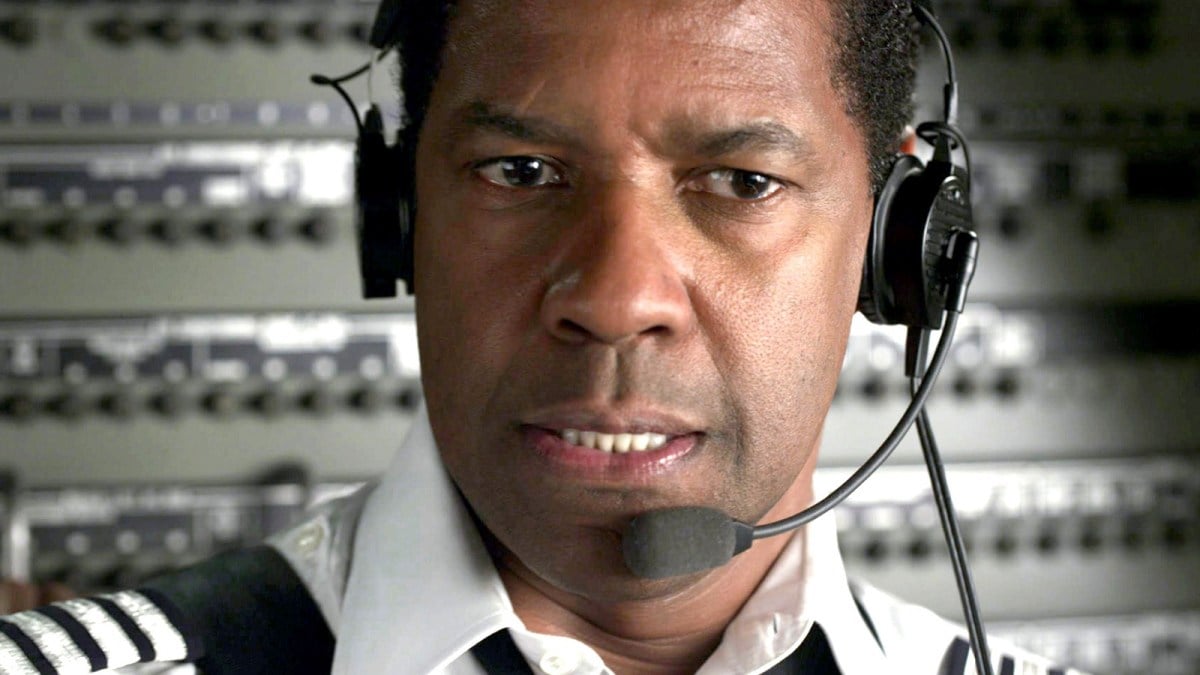
Even if you aren’t familiar with classical music, it may be hard not to be stirred by Seymour: An Introduction, a tender, often terrific ode to one of America’s foremost classical pianists and music teachers. In his mid-eighties, Seymour Bernstein lives in the same cozy New York apartment he moved into 57 years ago, just as he was earning his first rave reviews for town hall recitals. There, he is solo and serene, his face relaxed as he plays a complex piece on the piano. He will spend close to half of his waking hours on the piano bench, trying to flex his fingers to reach a higher or lower octave.
Bernstein plays for joy, although director Ethan Hawke (making his third appearance behind the camera) convinces him to go out on a limb for his first public performance in 35 years. As we learn in Seymour: An Introduction, Bernstein abhorred the limelight and the pressure to live up to the lofty expectations from his early concerts. Instead of continuing to wow audiences in Europe and North America, he left the stage and decided to work with young New York prodigies.
Bernstein, with a sloped belly and gentle voice, may seem like an unlikely protagonist for Hawke to center his film around. As the Oscar-nominated actor explains during a brief appearance here, Hawke found Bernstein to be a kindred spirit after getting advice from the musician about living as an artist. Now, he wants to share some of that same wisdom with filmgoers. His subject is just as eager to talk about his affinity for music and its place in the world. He even speaks about how listening to great music can create a cosmic feeling, as if “we become one with the stars.”
Seymour: An Introduction is a symphony for the ears, between Bernstein’s smooth, exuberant voice and the gorgeous piano-based soundtrack. The film’s most fascinating sections focus on his interactions with some of his private pupils, as well as a master class of New York students he patiently gives advice to. Unlike Terence Fletcher, the dictatorial conductor that J.K. Simmons played to an Oscar win in Whiplash, Bernstein doesn’t care as much about analysis and rhythm as the feeling in the music to carry the player. (He also doesn’t shout as much as Fletcher.)

Bernstein is very perceptive; in one scene, he says that the player’s heavy breathing is hindering the volume of the notes. Even in his eighties, Bernstein has lost little of his aural capacity. In an early moment from the film, he tells one of the students to keep pressing the same notes to ensure “an even pulse that will never stop.” Despite his age, Bernstein’s voice is vital and his love of music is infectious. It really feels that the subject’s pulse will never stop, too.
Surprisingly, almost none of Seymour: An Introduction grapples with the challenges an artist has when they reach a certain age. In contrast, last year’s wonderful Elaine Stritch: Shoot Me focused on the great stage actor fighting her withering memory and stubborn creative streak. Here, the music seems to flow seamlessly from Bernstein’s fingers, and there is little artistic struggle.
The famed pianist and performer is truly an American treasure and his easy rapport with Hawke lends to some poignant on-camera moments. The Boyhood star, unfortunately, hits a couple of wrong notes. In one scene, when Bernstein recalls his time serving in Korea, Hawke cuts away from the composer’s discomposure to insert archival war clips. It would have been more affecting to sit with Bernstein as he cries, nakedly. Meanwhile, some of the transitions between scenes are too sharp. (One imagines Bernstein flinching at some of the sudden volume shifts as the location changes.)
Seymour: An Introduction – not to be confused with the last major work from author J.D. Salinger – also overstays its welcome, even with a running time under 90 minutes. One can sense that Hawke is a bit reluctant to conclude our time with Bernstein and the last half drags in parts, as the music teacher repeats a few parts of his life we have already covered. To keep us invested as we wait to hear his public performance, Hawke inserts too much, and not enough of it is as essential of fascinating as what has come before. Praise from several of Bernstein’s former pupils is nice, but pads the running time. One can imagine the same film running on television for a solid, commercial-free hour.
Besides some pacing problems, Seymour: An Introduction is still touching and affecting, a lovely portrait of one of America’s lesser-known but most indispensable composers and teachers. In the film’s funniest moment, Bernstein walks around a room filled with pianos and reacts quite animatedly when testing each one out. “Horror of horrors!” he shouts, after playing a quick bar or two on one piano. A few minutes later, while playing on a Steinway, he explains that it feels like he’s in heaven. Listening to Bernstein’s eloquent, enduring wisdom will be just as blissful to a filmgoing audience as that music he hears.





Published: Mar 13, 2015 01:09 am